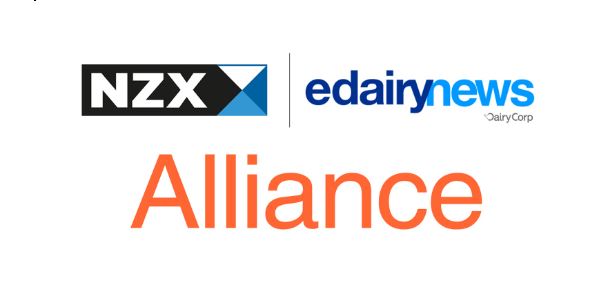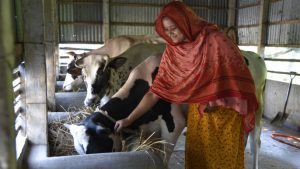Live Real Farms is owned by Dairy Farmers of America (DFA) and because of that some dairy farmers are upset the nation’s largest cooperative would enter the plant-based business. Others say this product will help fluid milk sales.
“The majority of farmers understand we need to look at all the ways to bring value through both traditional dairy and enhanced dairy products,” says Kim O’Brien corporate communications manager for DFA.
A poll of 335 producers on MilkBusiness.com contradicts O’Brien. In fact, 86% of producers don’t think a dairy cooperative should produce plant-based beverage products.
“My gut reaction is that my co-op just sold its soul to the devil,” says Kansas DFA member Lisa Leach. “Is it really going to sell more milk? Or will it just give consumers that are on the fence a chance to try a nut juice in an adulterated form and then move on to straight plant juice? Frankly, it pisses me off that they borrowed money from me at 0% interest to do this.”
Some producers, 14% of them, don’t have issues with DFA producing this product.
“What this is, is an attempt to break into the plant-based consumer world with real milk,” says Dean Handy. “Most of these consumers either think they are drinking almond flavored milk or never drink milk anyway. If this catches on it could be huge for fluid sales. Fifty percent is better than zero.”
Similarly, Wisconsin farmer Annie Link points out DFA is already doing similar things with coffee and recovery drinks.
“Innovation is a must,” she says. “I don’t like it but for some reason consumers do. I hope it flies off shelves.”
According to Maine farmer Jenni Tilton Flood, 50-70% of the people who purchase plant-based beverages are also purchasing milk.
“It’s consumers who want something different, want a nutrition profile that they feel good about, and they want food that they feel good about buying,” she says.













